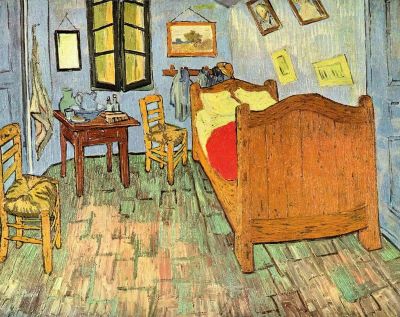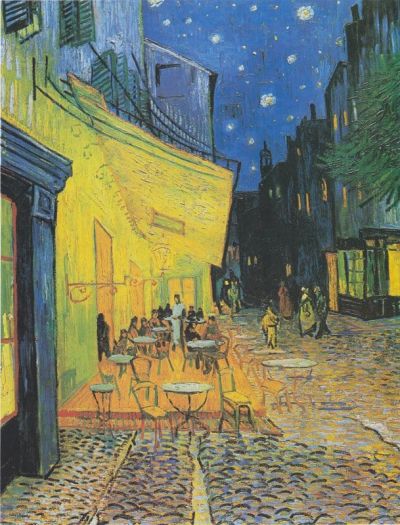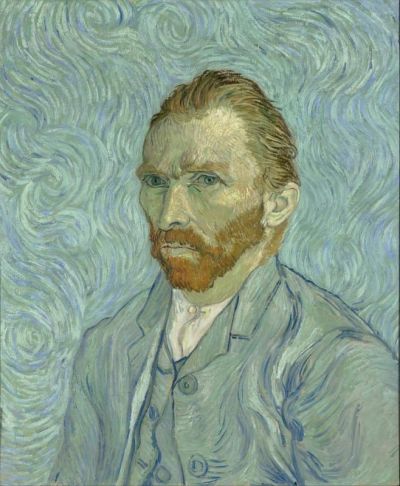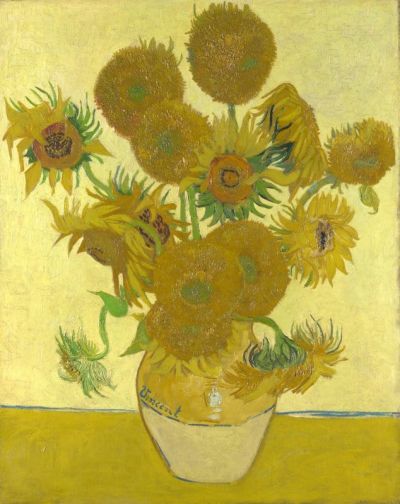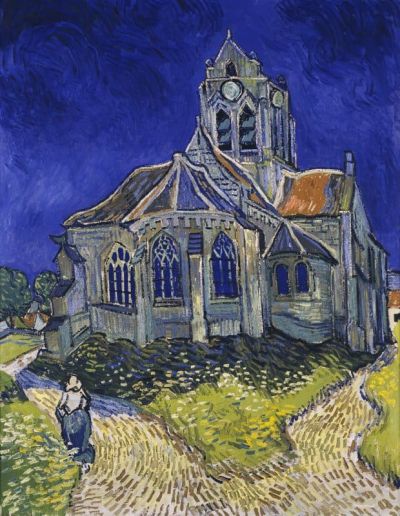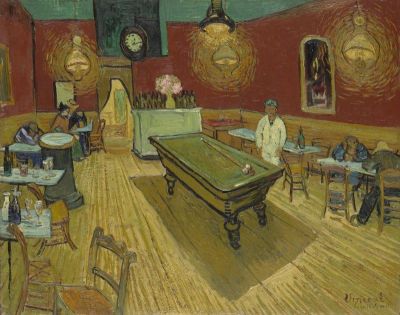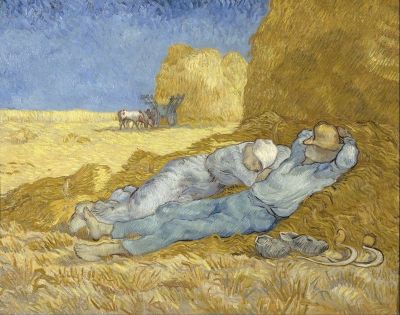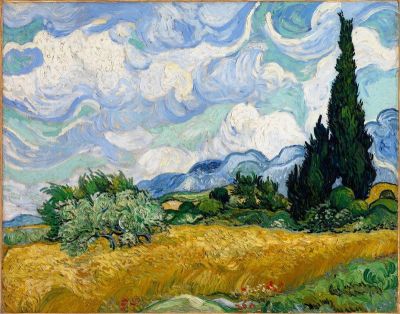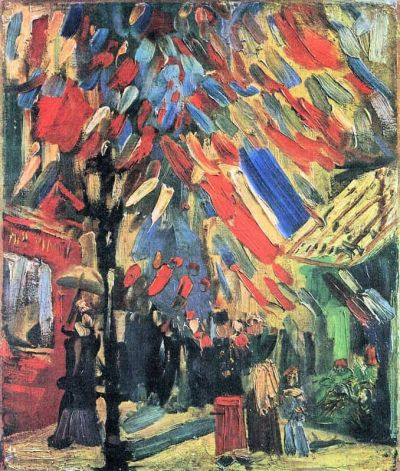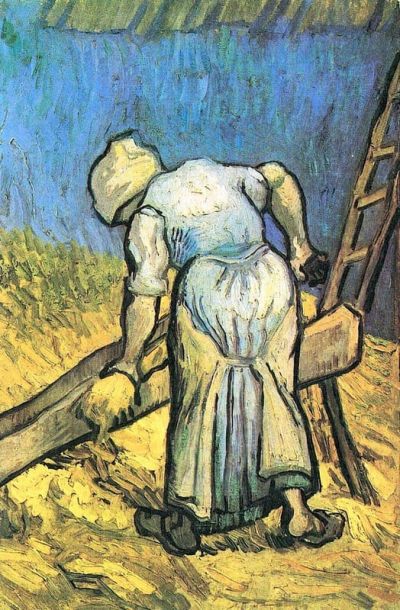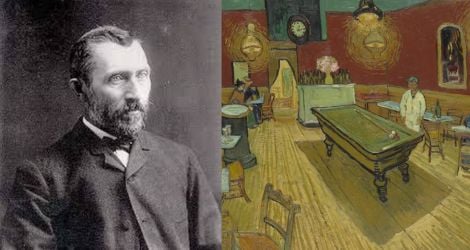
Making an oil reproduction of Vincent van Gogh's works on canvas.
Van Gogh was known for his thick, dramatic brushwork, which represented all of his emotions and gave his works a sense of movement. He frequently painted directly from his paint tubes (Impasto) and painted one canvas every day for the last 70 days before his death. He painted with a sense of hurry, wanting to capture the notion, which put him under constant stress.
The majority of Van Gogh's paintings were done with used brushes and painter's knives (a type of small spatula), giving the material a prominent place.
The copy of a Van Gogh is both a textural painting and a gestural painting, as the use of the knife allows for a very dynamic approach to creation.
Most artists work on the painting "flat," even if there are many layers of thin paint. This is the glazing technique, which is quite common in painting and consists of adding thin layers of paint until the desired effect is achieved by superimposing layers of different colors.
Van Gogh, on the other hand, paints with his guts. Aside from his early works (when he stayed with the miners), Van Gogh's paintings are bright and employ a lot of material. He cuts into the canvas with his brushes and knives, not afraid to blend the tones directly into the life of the picture.
We employ Van Gogh's techniques, replicating his masterpieces in three dimensions - width, height, and thickness. Following the creation of the sketch, the colors are applied with a knife to respect the density of the canvas, like Van Gogh did, and we do not hesitate to apply as much paint as is required.
The rendering is spectacular, and when we view one of our Van Gogh copies, we recognize that it is all the artist's effort. Each knife stroke, each brush movement, all the actions required to make a magnificent finish and a painting with sparkling hues.
Vincent van Gogh's style: The Formative Years
Van Gogh, who was mostly self-taught, began by duplicating prints and reading books on painting. He believed that to become a great painter, one must first learn to sketch, which made sense at the time but makes less sense today!
Only until he was happy with his drawing abilities did he begin to utilize colors, and his broad palette became a trademark of his style.
Van Gogh's drawings are unique in that his renderings of people, lights, and landscapes can be appreciated without the use of color. He drew using pencils, black chalk, red chalk, blue chalk, pink pen, and even charcoal... which he frequently blended.
He also created almost 150 watercolors. Although they are not typical of Van Gogh's brushwork, they have a strong Van Gogh scent due to their raw and brilliant colors.
Van Gogh began experimenting with lithography in 1882, producing a sequence of ten works: nine lithographs and one engraving. The Potato Eaters was meant for sale, and he created a lithograph of it to attract a wider audience.
The Middle Age
Early in his career, Vincent van Gogh used black and melancholy colors to reflect his models, who were mostly miners and peasants. His style, however, abruptly changed when he relocated to Paris in 1886 and became influenced by the work of the Impressionists and Neo-Impressionists.
He began with a palette of reds, yellows, oranges, greens, and blues and experimented with the Impressionists' broken brushwork. He even mocked Pointillism, as seen in the Self-Portrait with a Straw Hat from 1885.
Van Gogh was also heavily influenced by Japanese art, and he used thick, black lines to define objects, which he then filled in with thick hues. His color selections were influenced by his moods, and he occasionally limited his palette, as in Sunflowers, which is almost entirely painted in yellows.
Van Gogh at Maturity
Van Gogh moved to Arles in 1888 and stayed for a time with Gauguin. Gauguin purchased a bale of burlap, which the two artists utilized as a canvas, causing them to paint thicker and with heavier brushstrokes.
He began to mimic Gauguin's approaches, which led to the development of a more appealing and less realistic style. He also began to emotionally connect to his subjects through the use of colors and brushes.
Furthermore, he purposefully used colors to evoke emotions rather than realistically replicating them - no artist was doing that at the time!
"Rather than attempting to replicate what I see directly in front of me, I make an arbitrary choice of colors to express myself more strongly," he explained.
